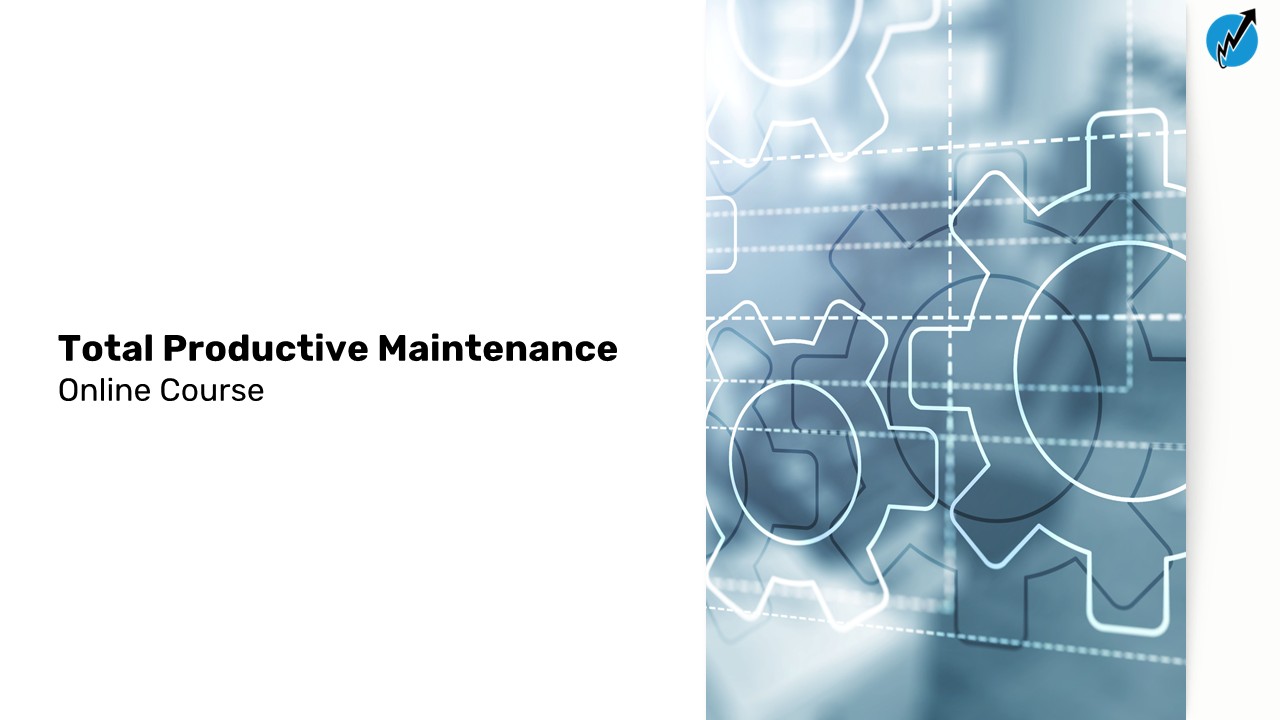
LATEST

ERROR PROOFING in complex environments
Introduction
Why high-mix operations need smarter systems, not tighter supervision.
Operations leaders in today’s manufacturing and healthcare environments are under constant pressure: high product variation, increased customization, tighter lead times, and workforce turnover that disrupts stability. In these settings, error proofing (poka-yoke) is no longer a “tool”, it’s a strategic capability. And the companies that master it consistently reduce rework, scrap, downtime, and risk, while building systems that perform regardless of variation.
This article explores practical, LEAN-aligned approaches to designing processes that prevent errors before they occur. We’ll look at advanced error-proofing methods, how to integrate them into complex environments, and why variability makes error proofing both more difficult and more critical.
1. The Challenge: Variability Breaks Weak Systems
When product mix is low, volumes are stable, and workflows are predictable, traditional controls—training, supervision, audits—tend to hold up. But when the environment becomes variability-heavy, those controls collapse.
Leaders will recognize these pain points:
Frequent changeovers can create wrong components, wrong parameters, or incomplete setup.
Custom configurations that require manual decisions at each stage of the process.
Operators moving between tasks, causing inconsistent technique.
Documentation not updated at the same pace as product variation.
Increasing reliance on tribal knowledge as complexity grows.
In these situations, human error is not the problem.
System weakness is the problem.
Variability just exposes it.
Error proofing, at its core, is about creating processes that perform correctly even when conditions change and people are under pressure.
2. Understanding Error Types in High-Mix Operations
Before designing solutions, leaders must understand the typical mistakes that variation amplifies.
a. Setup errors
Wrong fixture, wrong offset, wrong lot, wrong tooling. This is common in machining, assembly, labs, and sterile processing departments.
b. Sequence errors
Steps skipped, incorrect order, missing inspections. High variability increases reliance on memory.
c. Parameter errors
Wrong temperature, torque, speed, dosage, or calibration setting.
d. Identification errors
Selecting the wrong material, component, patient, or work order.
e. Decision errors
Ambiguous instructions, unclear signals, or complex judgment calls under time pressure.
Each error type can be addressed through tailored poka-yoke mechanisms, but only if leaders first map the failure modes clearly.
3. The Three Pillars of Effective Error Proofing
High-performing organizations in both manufacturing and healthcare anchor their error-proofing strategy around three principles:
Pillar 1: Prevent the error from happening
This is the gold standard.
If the operator physically cannot make a mistake, the system is robust.
Examples:
Fixtures that prevent incorrect orientation
Connectors designed to only fit one way
Barcoding that locks out the wrong component
Automated torque guns with recipe control
Digital prompts that require the correct input
Prevention requires smart design thinking—and this is where LEAN leaders must collaborate with engineering early.
Pillar 2: Detect the error immediately
If prevention is impossible, instant detection is the next line of defense.
Examples:
Vision systems detecting missing components
Load cells verifying correct weight
Sensors confirming presence or alignment
Mistake-proofed software validations
Detection must be automatic. Anything that relies on humans noticing an issue is fragile.
Pillar 3: Mitigate the impact of the error
This is the least desirable, stopping defects from escaping downstream.
Examples:
Checklists
Peer verifications
In-process audits
Quality gates
These methods are valuable, but they are not true poka-yoke. They protect the customer but require constant vigilance and discipline.
High-mix operations must shift from mitigation to prevention and detection if they want stable performance under variability.
4. Designing Error-Proofing for High Variability
Traditional poka-yoke methods were designed for stable, repetitive processes. Complex environments require a more adaptive approach.
a. Use digital controls where mechanical controls are impractical
High customization means physical jigs, fixtures, and templates may not scale.
Digital controls shine here:
RFID/QR verification
Automated recipe management
MES-level interlocks
Workflow engines
Smart sensors
These systems adjust instantly to variation—no physical changeover required.
b. Build intelligence into the changeover process
The changeover is the highest-risk moment in variability-heavy operations.
Error proof the handoff:
Pre-flight digital checklists that verify the correct version
Color-coded or keyed fixtures for families of products
Automatic tooling detection
Setup confirmation sensors
TPM and Quick Changeover (SMED) curricula align strongly here.
c. Standardize the “thinking steps,” not just the “doing steps”
In complex environments, cognitive load is the main source of error.
Help teams by standardizing:
Decision criteria
Pass/fail cues
Visual boundaries
Version control
Material selection rules
This is LEAN thinking applied to variability, not forcing rigid behaviors, but simplifying mental models.
5. Designing for Manufacturability in High-Mix Operations
Design for manufacturability (DFM) is often neglected in high-mix businesses, but it matters more than ever.
Key principles:
Reduce part variation.
Even a 10% reduction in optional configurations can significantly reduce error potential.
Design components that cannot be misassembled.
Asymmetry, keyed features, and built-in orientation cues make a huge difference.
Embed tolerance for human error.
Assume variability will occur; design around it.
Push intelligence upstream.
If your design team produces clean, intuitive product families, all downstream processes strengthen automatically.
DFM is the hidden multiplier behind robust poka-yoke.
6. Using Lean Tools to Manage Complexity
Lean tools aren’t just for stable environments—they work perfectly in high-mix if applied correctly.
Process Mapping & VSM
Identify high-risk steps and variation drivers.
5S & Visual Management
Make the abnormal visible instantly—crucial when juggling many configurations.
Standard Work
Create flexible standards:
Define core tasks
Note variation bands
Anchor around principles, not scripts
Practical Problem Solving
Use structured root-cause analysis, not tribal guesses.
TPM
Equipment-related errors escalate with variability; TPM reduces noisy, unpredictable baselines.
7. Leadership’s Role: Building a Culture of Predictability
Even the best error-proofing designs fail without the right leadership behaviors.
Operations directors must focus on:
Clear expectations: Define what “perfect execution” means.
Consistent standards: Variability in leadership drives variability in operations.
Rapid escalation: Create a help chain that elevates abnormalities immediately.
Coaching over supervision: Build capability; don’t rely on oversight.
Daily management cadence: Regular review of key deviations closes the loop.
Error proofing succeeds when leaders make stability a non-negotiable cultural norm.
8. The Future: Smart, Self-Adjusting Error Proofing
As automation, sensors, and AI continue advancing, error proofing will shift from static controls to dynamic, real-time systems.
Expect growth in:
AI vision systems
Predictive error detection
Automated material validation
Adaptive fixtures
Cognitive assistance tools
Feedback-loop MES integrations
But the principle stays the same:
Design the process so errors cannot occur — even when the environment is complex, variable, and under pressure.
Final Thought
Error proofing is not about eliminating human error.
It’s about designing systems that don’t rely on perfect human performance to be successful.
In high-mix, variability-heavy environments, the organizations that thrive are the ones that build processes with intelligence, structure, and resilience. Complexity doesn’t have to mean chaos. With the right application of LEAN principles, poka-yoke thinking, TPM stability, and leadership discipline, you can create operations that deliver consistent, predictable outcomes — no matter how variable the work becomes.
#Error Proofing #Poka-Yoke #thefutureisnow #planetLEAN
RELATED COURSES

RECENT